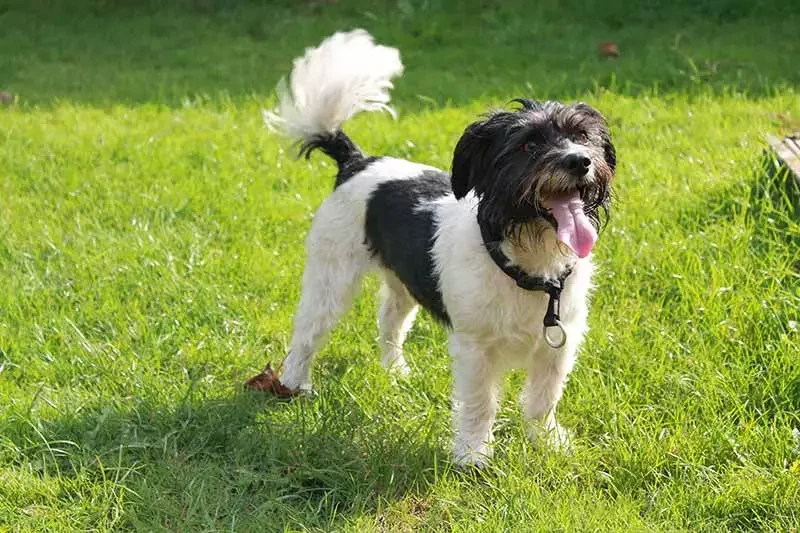Why Do Dogs Wag Their Tails? Unraveling the Mystery

A wagging tail is a quintessential symbol of a happy and friendly dog. It's a universal language that humans and dogs alike understand. But have you ever wondered why dogs wag their tails? In this article, we will explore the fascinating reasons behind this canine behavior and delve into the different meanings behind those joyful tail movements.
- Communication and Social Interaction:
Tail wagging is an essential form of communication for dogs. It serves as a nonverbal way to express their emotions and intentions to other dogs and humans. Dogs wag their tails to convey friendliness, approachability, and a desire for social interaction. - Expression of Happiness and Excitement:
The most common interpretation of tail wagging is that it signifies happiness and excitement. When a dog is delighted to see their human or fellow canines, their tail wags energetically, often accompanied by a joyful expression and a wagging body. - Bonding and Affection:
Tail wagging can also be an expression of love and affection. Dogs often wag their tails when they are in the presence of their beloved human companions or when they are seeking attention and affection from them. - Canine Body Language:
The position, speed, and direction of the tail wag can provide insights into a dog's emotions and intentions. A high and rapid wag may indicate heightened arousal or alertness, while a slow and relaxed wag typically signifies calmness and contentment. - Tail Wagging as a Sign of Submission:
In certain situations, dogs may wag their tails as a sign of submission or appeasement. This type of tail wag is often accompanied by lowered body posture and a cautious demeanor, indicating a desire to avoid conflict. - Tail Language Variations among Breeds:
Different dog breeds may have variations in their tail language. For example, some breeds naturally have docked tails or naturally short tails, which may affect their range of tail movement. It's essential to consider individual breed characteristics when interpreting tail wagging behaviors.
A dog's wagging tail is a remarkable display of their emotions and intentions. Whether it signifies happiness, excitement, affection, or submission, tail wagging is an integral part of canine communication. Understanding the various meanings behind tail movements helps us better comprehend our furry friends and strengthens the bond we share with them.